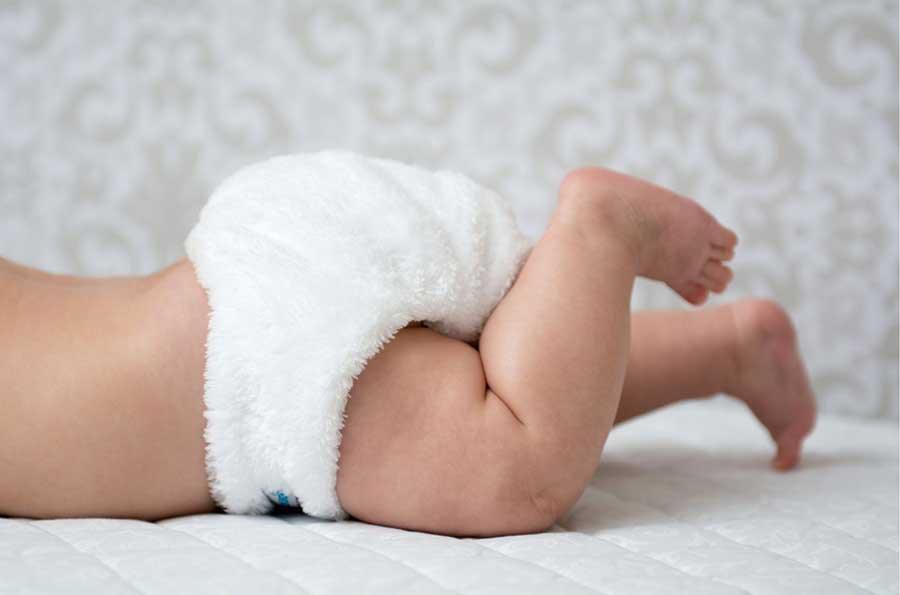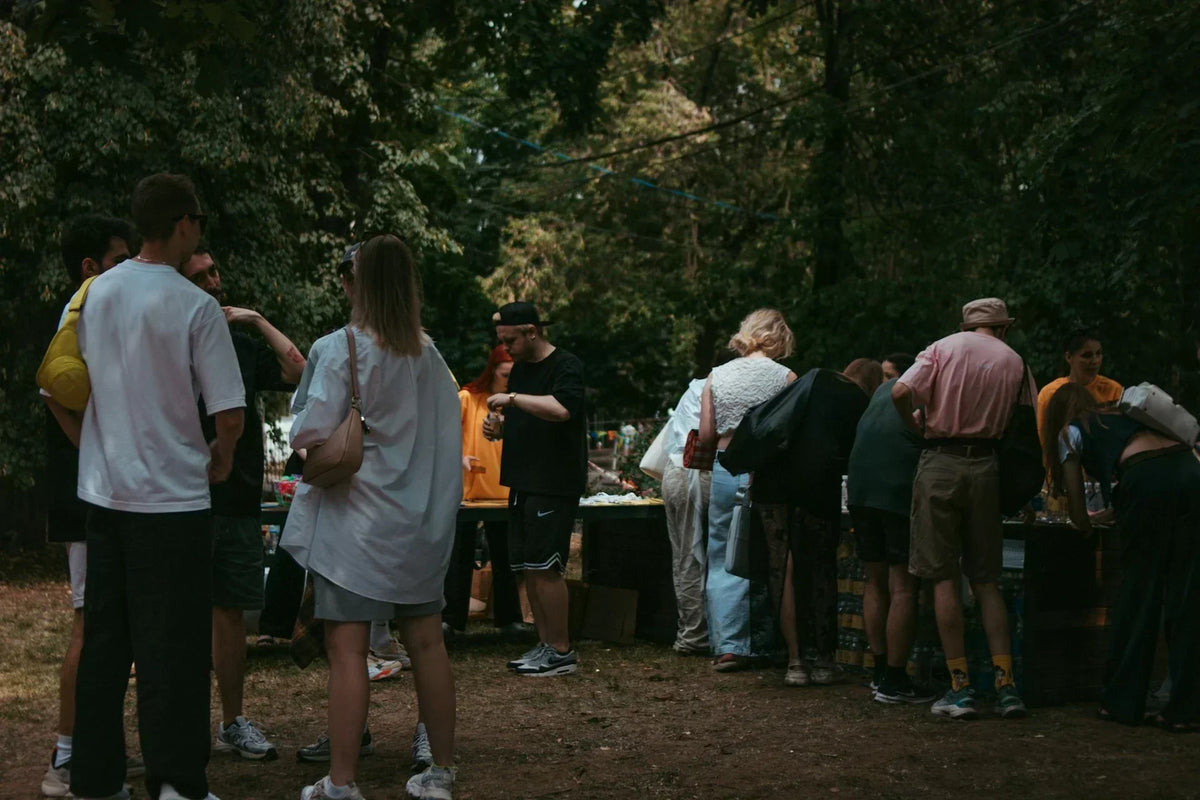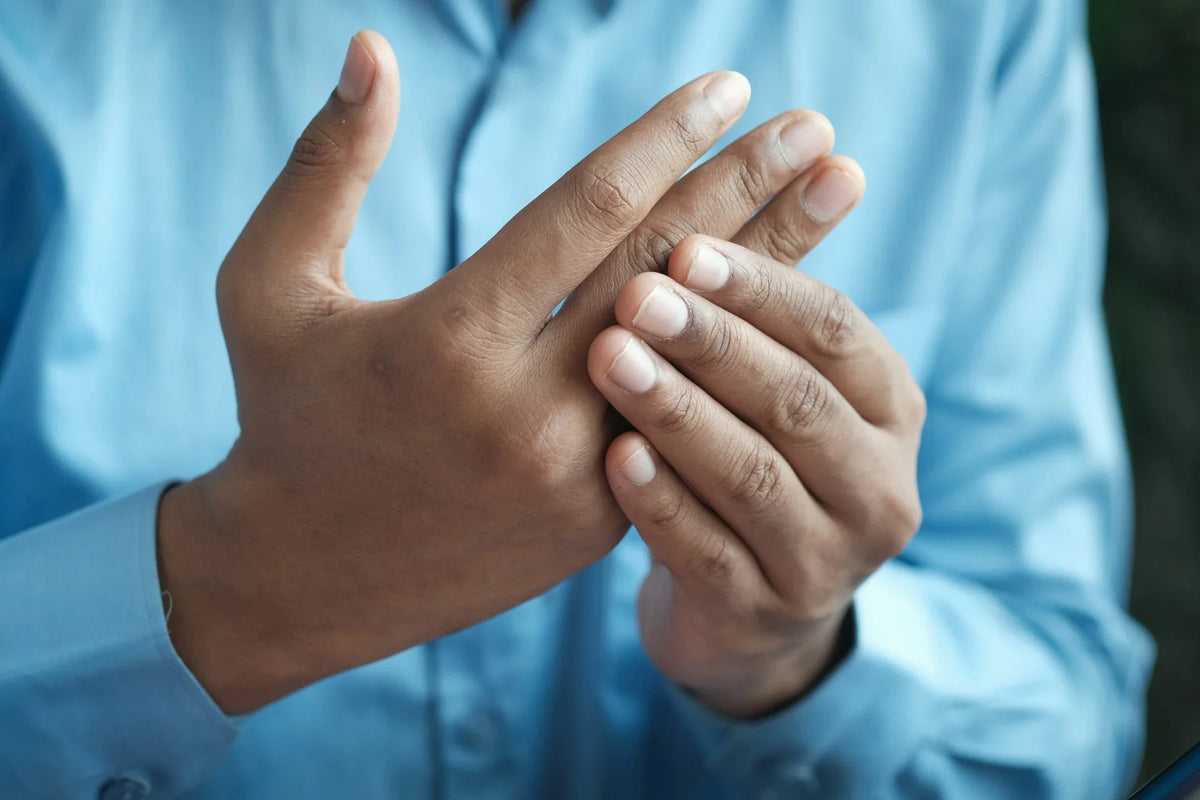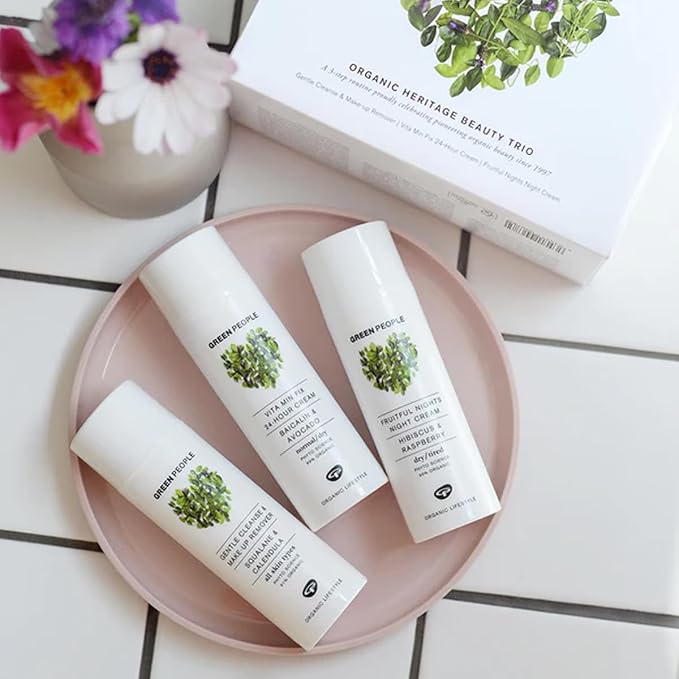At Friendly Turtle’s EcoBlog, we explore how to host outdoor events that leave lasting memories not environmental damage. From choosing the right location and managing waste, to water conservation, eco-conscious food service, and transport solutions, this guide offers practical, sustainable strategies for reducing your event’s ecological footprint. Thoughtful planning not only protects local ecosystems but also improves guest experience and cuts long-term costs. Whether you're organising a festival, fair, or private gathering, discover how to make your event greener and more responsible without compromising on impact or enjoyment.
Share your articles with us and get published! Reach out at hello@friendlyturtle.com.
The Ultimate Guide on How to Use Reusable Nappies

If you were anything like me when your first baby was on its way, you had A LOT of questions, right? So today, we're going to be clearing up just a few I had before made the switch to reusable, eco-friendly nappies
"How to use reusable nappies?"
"How do reusable nappies work?"
"How to wash reusable nappies?"
Sound familiar? Well, you've come to the right place!
Reusable nappies are naturally made alternatives to plastic-coated disposable nappies. Although disposable ones are quick and mindless to use, they have a significant financial and environmental cost over time.
And first of all, let me just point out that you don’t have to worry - reusable nappies won’t get you covered in poo.
So, Why Use Reusable Nappies?
UK charity WRAP has done some eye-opening research on reusable nappies:Consumers can save a ton of money by not constantly buying single-use nappies: an estimated £200-500 over the course of two and a half years for one baby. You can save even more by using them again for subsequent children.
It's not only the financial impacts of single-use nappies though, of course. Would you rather go through around 5,000 disposable nappies by the time a baby is potty trained or about 25 reusable ones? When we look at it like this, the environmental benefits of reusable nappies, as opposed to single-use nappies, are astounding:
In the UK, we throw our around 3 billion nappies every single year...in the U.K. alone. This equates to about 2-3% of total household waste. Incinerating waste obviously emits a huge amount of carbon dioxide, and landfills produce both carbon dioxide and methane. The fewer objects in the incinerator or landfill, the lower the greenhouse gas emissions.
Then when we also consider the energy and water required to manufacture single-use nappies, the impacts on the planet are already adding up really fast. Purchasing reusable nappies conserves all of these resources, so seems like a pretty smart choice for everyone right?

How to Use Reusable Nappies
To save money and the planet, reusable nappies are the clear choice. But how do reusable nappies work? How do you use them?
- Purchase the right size nappy based on your baby’s weight. For Little Lamb Bamboo nappies, size 1 is for 7-20 lbs (3-9kgs) and size 2 is for 20-38 lbs (9-17kgs). Make sure you have enough to ensure you always have some clean ones.
- The waterproof wrap will ensure no leakage, yet still feel soft and breathable on your baby’s skin. Place the wrap on the changing table, then place the nappy on top of it.
- Size 2 and 3 Little Lamb bamboo nappies have a booster sewn in as an additional layer of absorbency. (Ideal for nighttime or when travelling.) You may also insert a booster on top of the nappy. Fold it in half for boys and leave it unfolded for girls.
- Little Lamb bamboo nappies come with a soft, reusable nappy liner made from washable fleece to absorb the liquids and catch the solids. If you’re out and about and need a quick change, you’ll need a disposable liner. Place the liner on top of the booster next to your baby’s bum. Although bamboo liners are single-use, they will fully decompose in less than a year.
- Put the nappy on your baby and adjust it with the Velcro straps. Poke any bits of exposed liner back into the nappy.
- Change the nappy regularly to avoid nappy rash. Although, cloth nappies tend to keep babies drier, possibly reducing nappy rash in the first place. Change out the wrap at night.
- Wash the nappies, liners, boosters, and wraps. Wash or toss the liners.
- Reuse
- Reuse them again for other babies!
How to Wash Reusable Nappies
Don’t be intimidated! There’s really nothing to it.
- Firmly hold the washable liner over the toilet and stretch it so that the poo falls into the toilet. If gravity doesn’t do its job, hold the liner in the toilet and flush while scrubbing it with a brush.
- Place the liner in a nappy bucket for storage until you’re ready to wash several at once. When full, toss the nappies in the wash. Be sure to wash your bucket liner. If using a storage bag, turn it inside out when you wash it.
- Wash the nappies, liners, boosters, and wraps in warm water every two days. Close the wraps and laundry tabs use the eco cycle to save water and energy.
- Use eco-friendly detergent, no fabric softener, and no bleach.
- Tumble dry or air dry – up to you.
- Store them until ready for next use.

How to Care for Reusable Nappies
It’s not too different than how you’d care for regular clothing.
- To be mindful of the environment, wait until you have a full load to wash instead of washing one at a time.
- Be gentle, but don’t worry, they’re sturdy.
- Don’t forget to wash your nappy storage bag as well.
- Line drying instead of tumble drying will extend the life of your nappies.
In Summary, we reckon your baby will love how soft and comfortable reusable nappies are. Figuring out how reusable nappies work just takes a practice run and you’re off to the races. Once you learn how to use reusable nappies and how to wash reusable nappies, it’ll easily become part of your daily routine.
Remember to keep your home safe for little ones and bear in mind that there are many other ways to 'green' your baby's room- from eco friendly design and using other non toxic products. Have a little explore and see what other changes you can make today.
And the planet will thank you!
Friendly Turtle is an online plastic free shop uk to help customers reduce waste and live and cleaner and greener lifestyle
0 comments
Let customers speak for us
Blog posts
At Friendly Turtle’s EcoBlog, we explore natural ways to manage arthritis and improve daily life without relying solely on medication. From maintaining a healthy weight to embracing low-impact exercise and an anti-inflammatory diet, these gentle yet effective habits can reduce pain and support joint health. Quality sleep, often overlooked, is also essential in relieving discomfort and promoting healing. This guide offers practical, natural tips for easing arthritis symptoms while working in harmony with medical advice. With a balanced approach and a mindset of wellness, life with arthritis can become more manageable and hopeful.
At Friendly Turtle’s EcoBlog, we believe that enjoying the great outdoors goes hand-in-hand with protecting it. Whether it’s a peaceful walk, a weekend of camping, or a coastal escape, sustainable outdoor living allows us to connect with nature while preserving it for others. This guide explores simple, effective ways to reduce your environmental impact like using eco-friendly gear, cooking responsibly, conserving water, and following Leave No Trace principles. Each conscious choice helps safeguard the natural world. Through EcoBlog, we aim to inspire thoughtful adventures that give back to the planet, one trip at a time.



